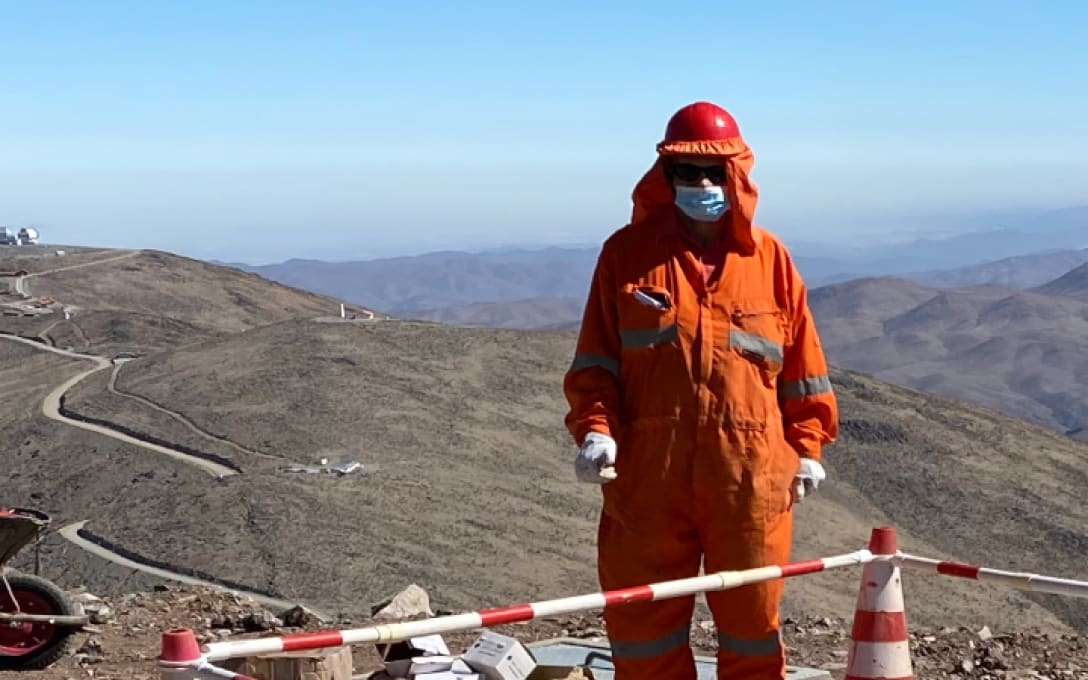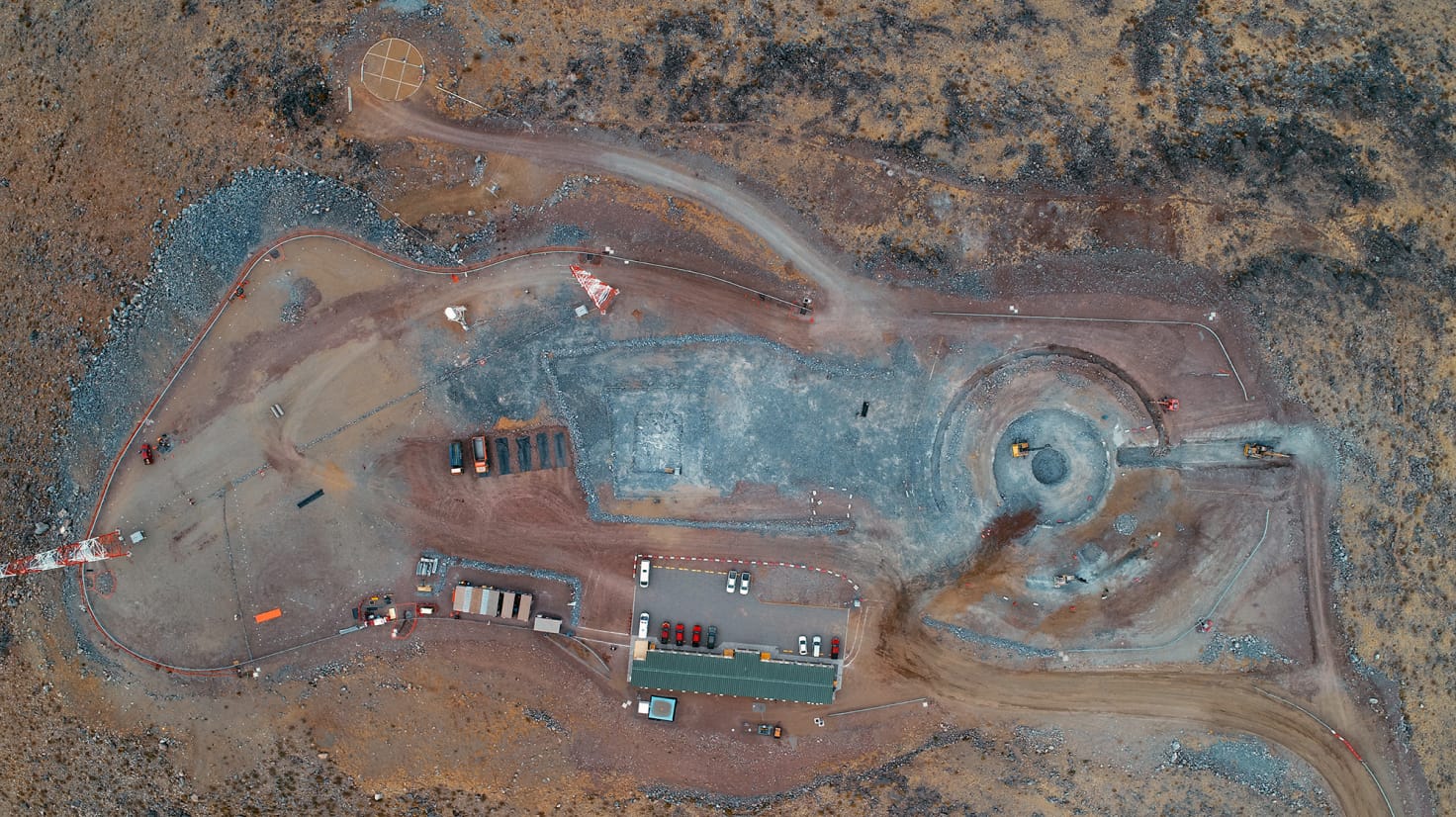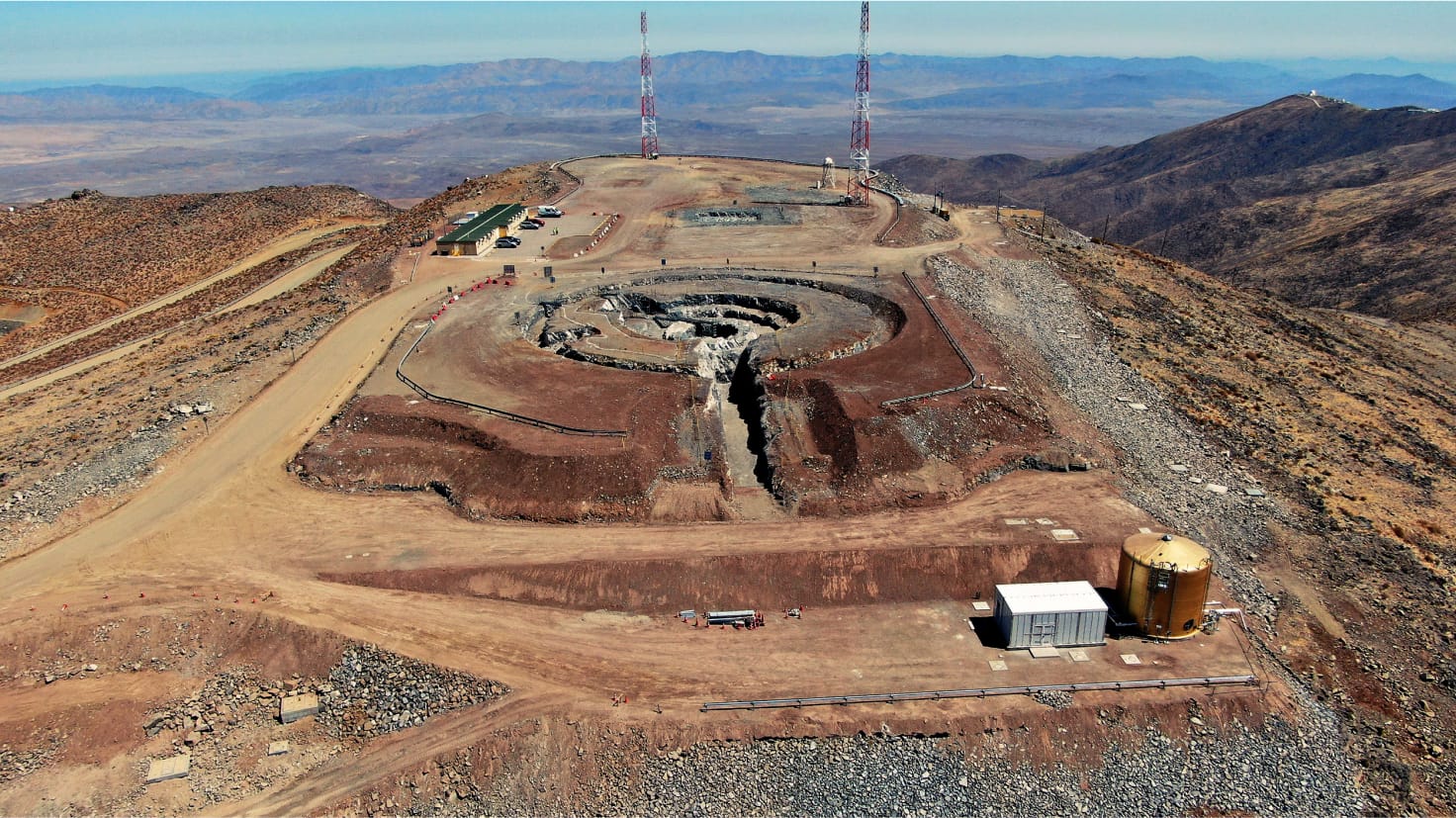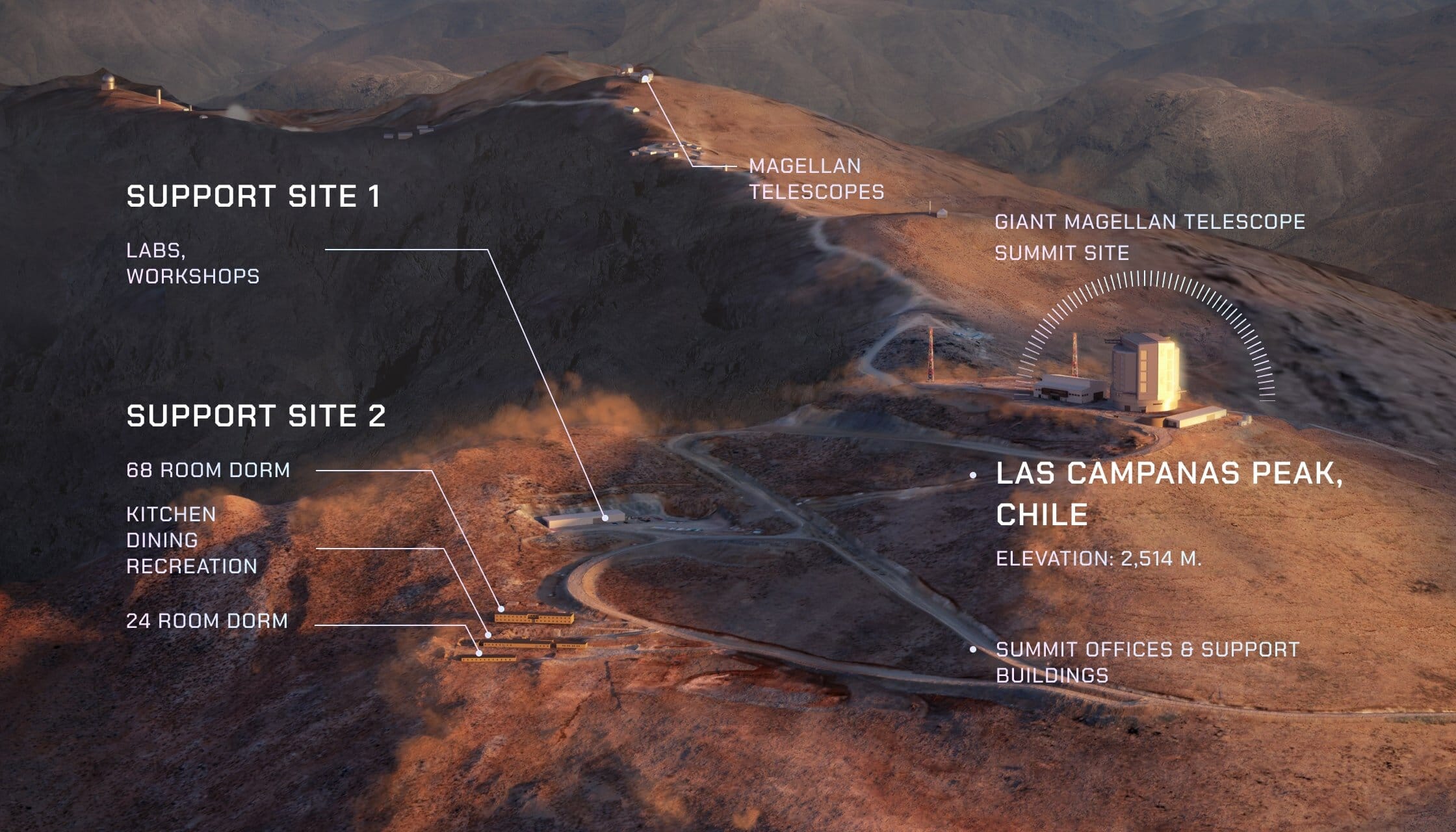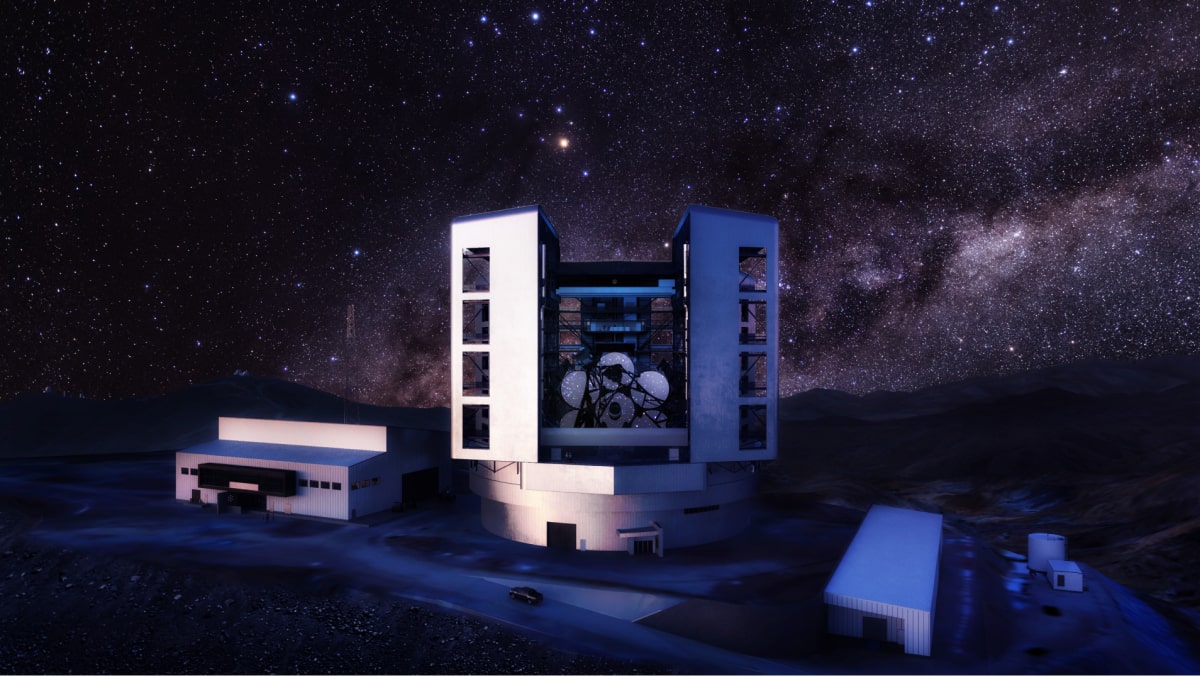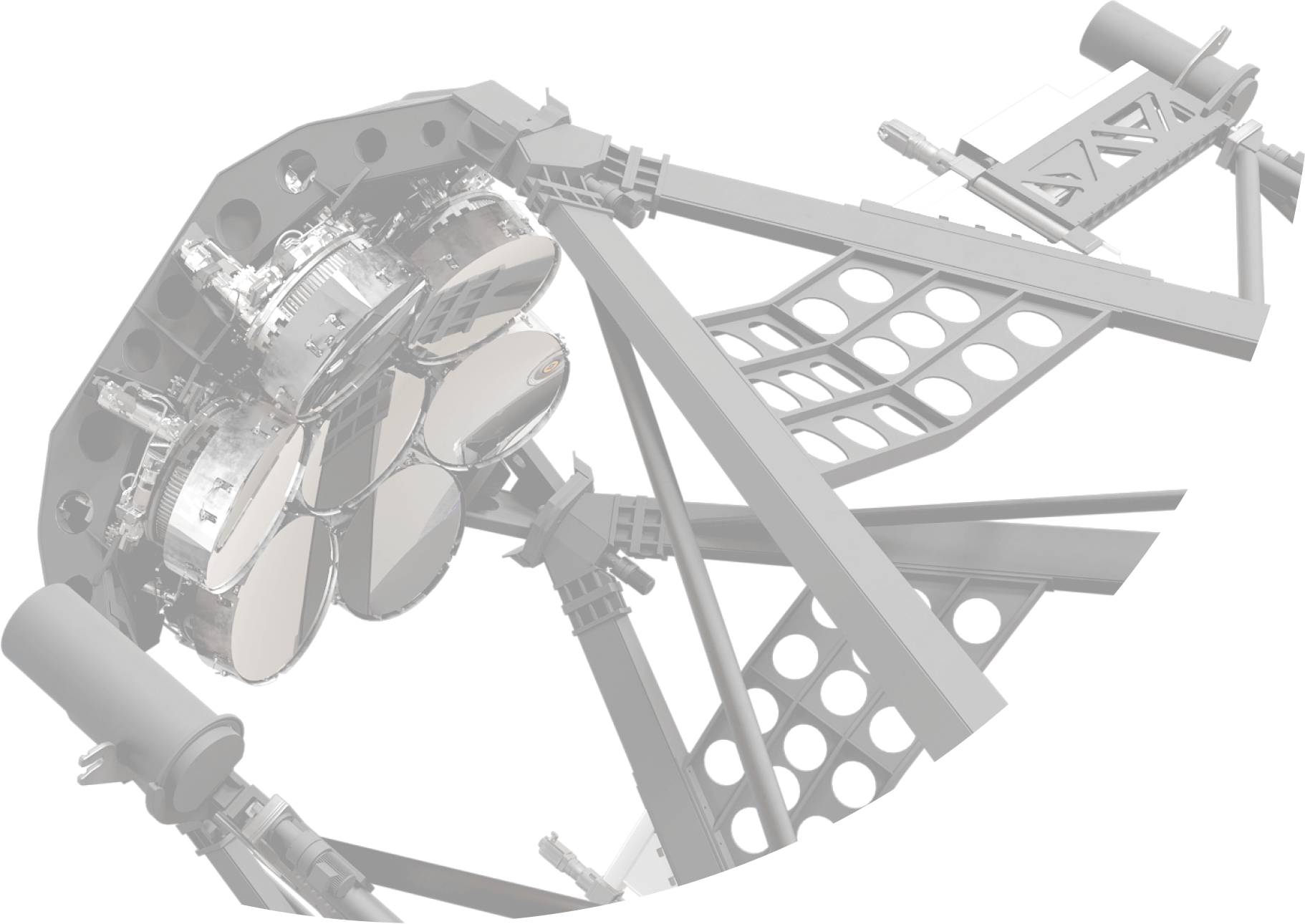
Magic mirrors:
making the
atmosphere
disappear
Deformable surface
The adaptive secondary mirror surface can reshape 1,000 times per second using the world’s most advanced wavefront sensors and algorithms to correct for the optical blurring effect of Earth’s atmosphere.
Small and thin
Adaptive secondary mirrors have a glass-like Zerodur surface that is flexible because of its 1.05 meter diameter and 2 millimeter thickness.
Powered by magnets
To control the shape of the adaptive secondary mirror, 675 magnets are bonded to the back of the mirror that are pushed or pulled on by electromagnetic actuators.
Internal metrology
The 150 micron (thickness of 3 human hairs) air gap between the mirror surface and its frame is used to form a capacitive sensor to help measure its alignment and adjust how the mirror’s surface must adapt to incoming light.
Seven pack match
Each adaptive secondary mirror is paired and aligned with only one of the giant seven primary mirrors and is responsible for receiving the distorted light reflected from this primary mirror.
Revolution in Resolution
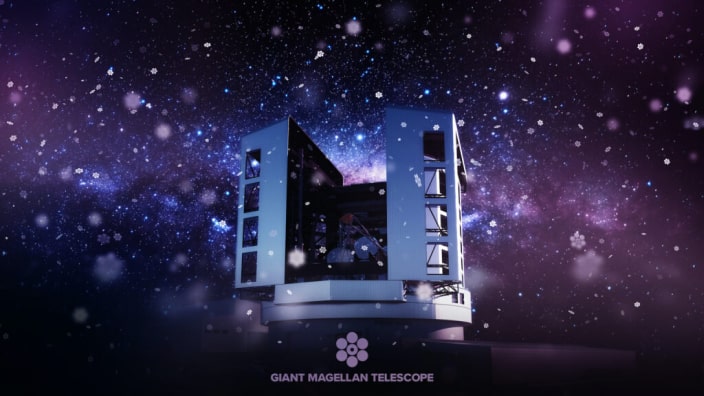
Selected Articles on Telescopic Mirror Systems
Enjoy the Progress
Additional Resources
This Website Uses Cookies
We use cookies that are essential for our site to function and to give you the best online experience. We do not collect personal identifiable information. By using our site, you agree to our Privacy Policy.
